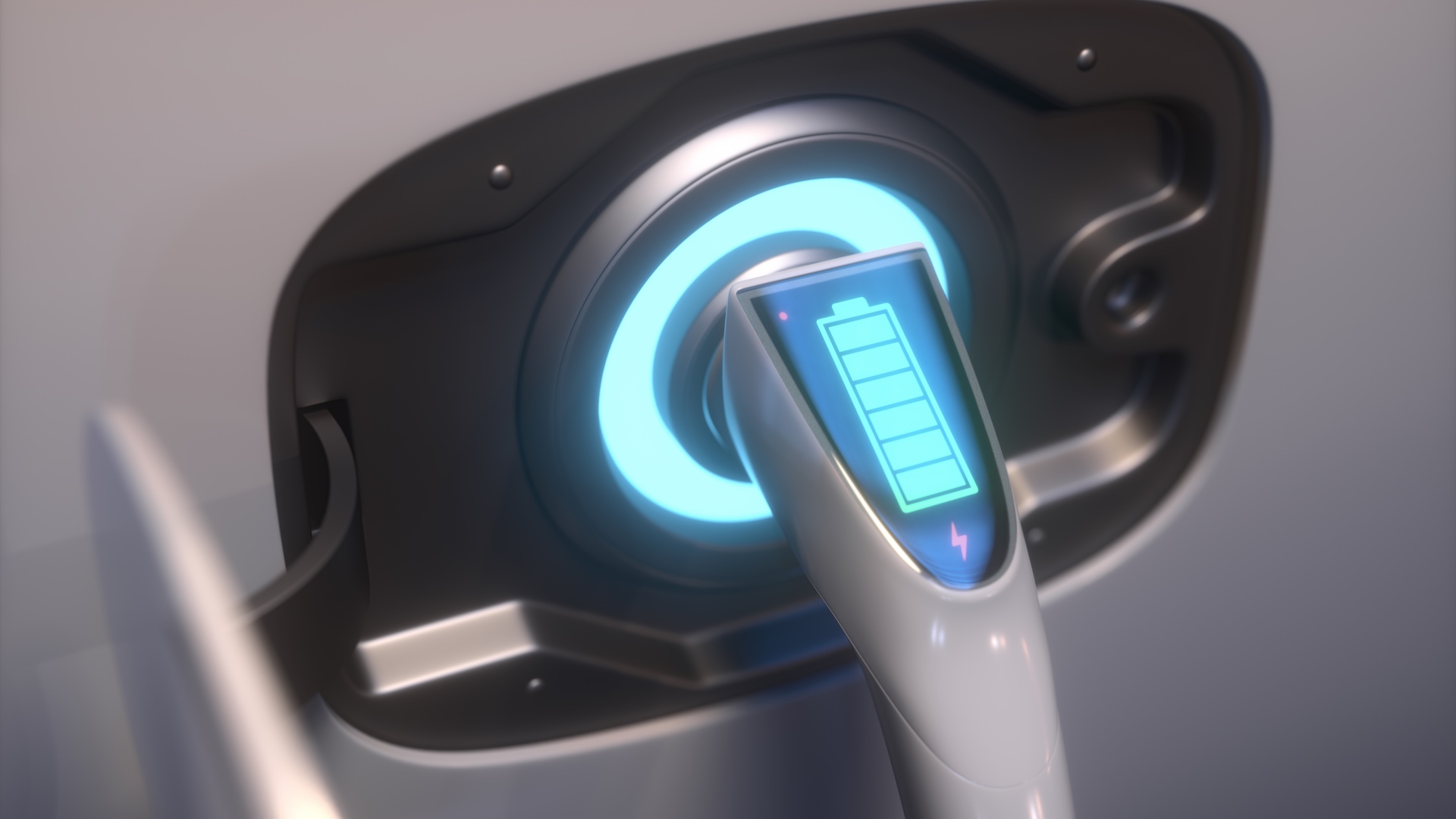New EV battery tech could power 500-mile road trips on a 12-minute charge
An EV battery breakthrough from Korea could help give lithium-metal tech the green light.

Scientists have used a neat chemistry trick to tackle a major challenge facing future batteries. Their breakthrough paves the way for next-generation electric vehicle (EV) batteries capable of powering 500-mile (800 kilometers) journeys on a single, 12-minute charge.
Lithium-metal batteries differ from standard lithium-ion batteries in that the graphite anode is replaced with lithium metal. These designs offer much higher energy density, the researchers said in a statement.
For EV drivers, this means batteries that charge faster and go farther. But scientists have been unable to build effective lithium-metal batteries due to "dendrites" — a branching, crystalline substance that grows on the anode during charging, eroding battery performance over time. This worsens during rapid charging and increases the risk of the battery short-circuiting.
But in a new study, published Sept. 3 in the journal Nature Energy, scientists have found a way to suspend dendrite growth.
The secret lies in a new type of liquid electrolyte. The "cohesion-inhibiting" liquid electrolyte suppresses dendrite growth, boosting the batteries' rapid-charging capabilities and extending their lifespan to more than 185,000 miles (300,000 km), the researchers said.
Related: Meet the Chinese supercar that just smashed the EV speed record
Both lithium-ion and lithium metal batteries contain a liquid electrolyte, which transports lithium ions between the cathode and anode while the battery is charging and discharging. The difference, as mentioned, between the two types of battery is that the graphite in a lithium-ion battery is replaced with lithium metal.
Get the world’s most fascinating discoveries delivered straight to your inbox.
In battery physics, energy density refers to the amount of energy a battery can store relative to its weight or volume — a key factor in how far an electric vehicle can travel on a single charge.
The research team found that the underlying cause of dendrite formation was the "non-uniform interfacial cohesion on the surface of the lithium metal," the researchers said in the statement. In other words, they realized that lithium ions don't deposit evenly across the anode during charging, creating weak points where dendrites can start to form.
To solve this problem, they developed a liquid electrolyte that is chemically structured to help ensure ions are deposited more evenly across the anode surface — helping to stop them from clustering into dendrites.
In lab tests, the battery charged from 5% to 70% in 12 minutes and maintained that speed over 350 cycles. A higher-capacity version reached 80% charge in 17 minutes over 180 charging cycles, the scientists said.
"This research has become a key foundation for overcoming the technical challenges of lithium-metal batteries by understanding the interfacial structure," study co-author Hee Tak Kim, professor of chemical and biomolecular engineering at the Korea Advanced Institute of Science and Technology (KAIST), said in the statement.
"It has overcome the biggest barrier to the introduction of lithium-metal batteries for electric vehicles."
Owen Hughes is a freelance writer and editor specializing in data and digital technologies. Previously a senior editor at ZDNET, Owen has been writing about tech for more than a decade, during which time he has covered everything from AI, cybersecurity and supercomputers to programming languages and public sector IT. Owen is particularly interested in the intersection of technology, life and work – in his previous roles at ZDNET and TechRepublic, he wrote extensively about business leadership, digital transformation and the evolving dynamics of remote work.
You must confirm your public display name before commenting
Please logout and then login again, you will then be prompted to enter your display name.



